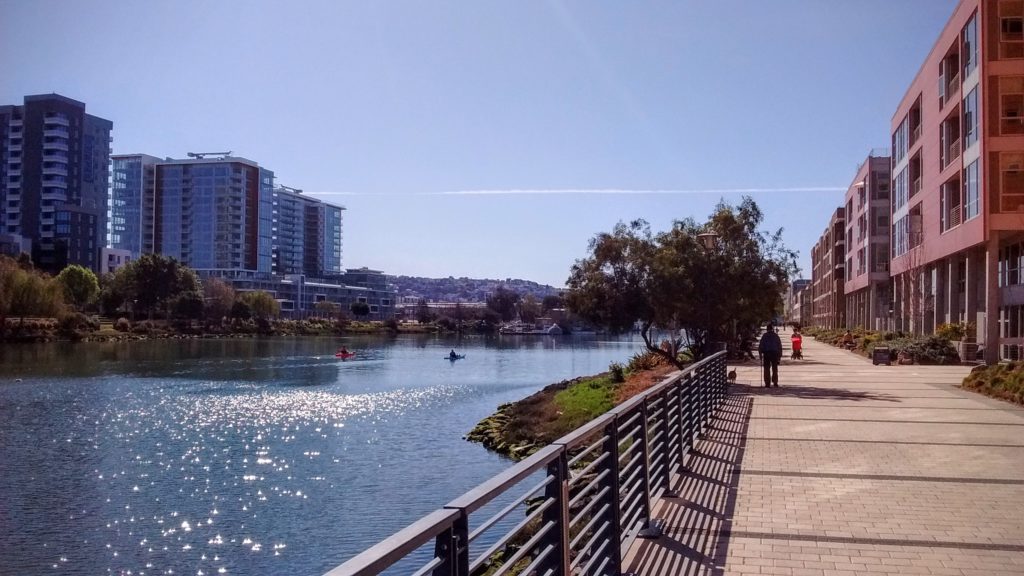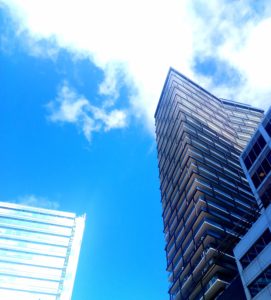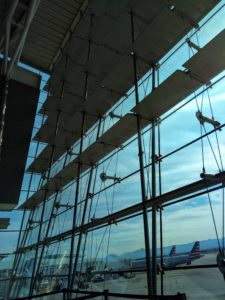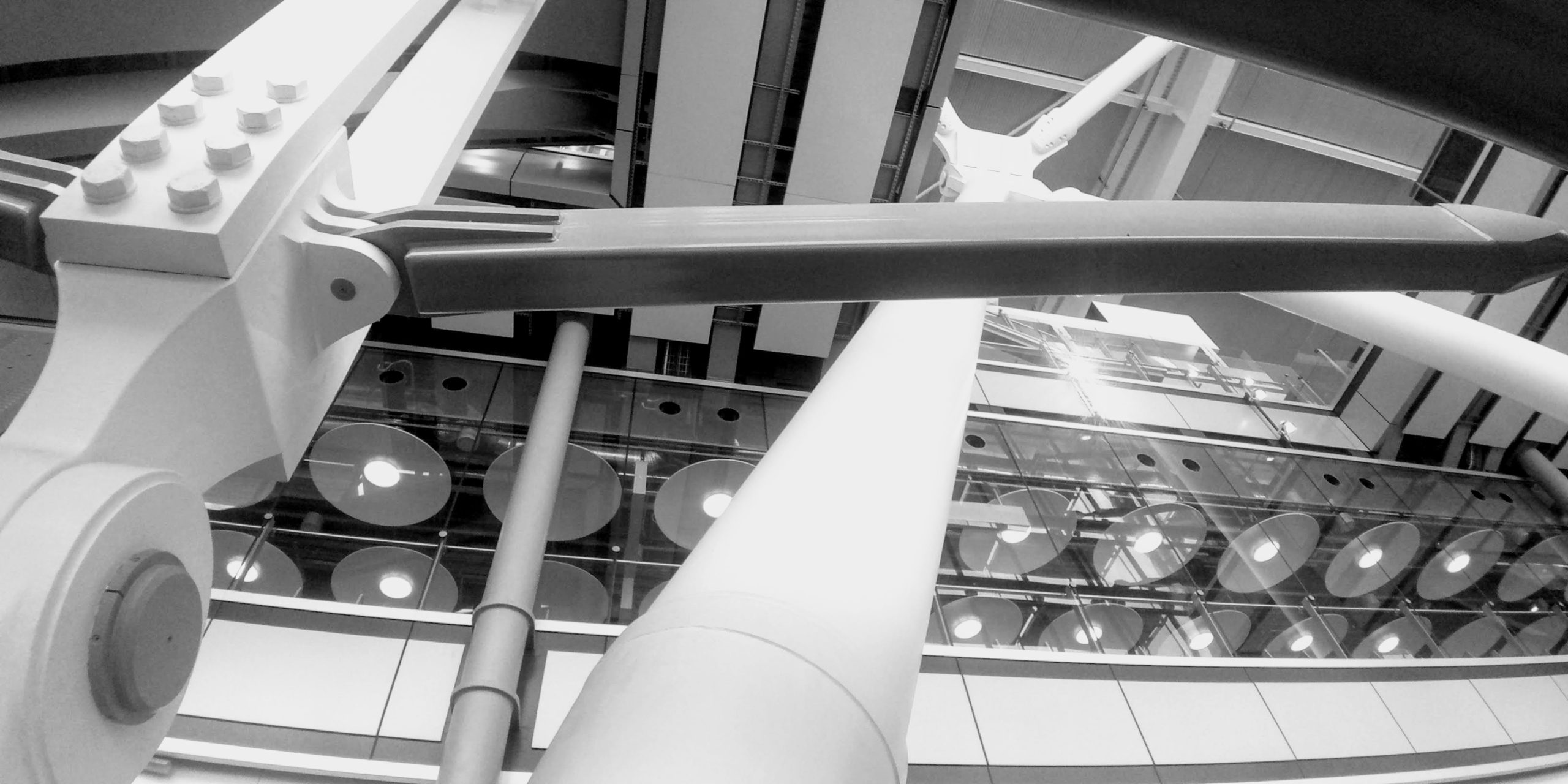Two big trends will dominate the future for architects, engineers, and planners.

1) While environmental concerns will continue to be integrated into designs, people’s health, wellness, and productivity will get more attention. Quality of life will be measured, quantified and optimized when planning and designing buildings, cities, and infrastructure.

- 90% of the life-cycle cost of a building is from the people who use the building (World Green Building Council).
- While sustainability, resilience, and high-performance designs may cost more up front, these investments deliver benefits long into the future and tend to far outweigh capital and operational cost savings.
- The addition of planet and people to profit considerations will mean an increased use of Triple Bottom Line Cost Benefit Analysis (TBL-CBA) methods in design and planning that can balance conflicting priorities using a defensible and transparent methodology.
As a result, TBL-CBA will be used more to measure the quality of life using the financial, community, and environmental bottom lines.
2) Data availability and automation will mean that more analysis will be done earlier in the design process. TBL-CBA has the potential to help in this early stage design by suggesting or recommending design options.
You can use an eraser on the drafting table or a sledgehammer on the construction site. – Frank Lloyd Wright
 Decisions made earlier are cheaper and more effective. At the planning stage, anything is possible. Recently, through generative design, alternatives are essentially zero cost to produce. Data availability and automation will mean that more analysis will be done earlier in the design process. The possibility of adding usage data as a feedback loop into a TBL-CBA generative design algorithm means quality of life will be improved by designing infrastructure, cities, and buildings that better reflect our preferences.
Decisions made earlier are cheaper and more effective. At the planning stage, anything is possible. Recently, through generative design, alternatives are essentially zero cost to produce. Data availability and automation will mean that more analysis will be done earlier in the design process. The possibility of adding usage data as a feedback loop into a TBL-CBA generative design algorithm means quality of life will be improved by designing infrastructure, cities, and buildings that better reflect our preferences.- Trade-offs can only be objectively made when they are all measured in the common metric of dollars. TBL-CBA also offers this and also comparability across projects (or different scales) and locations.
- TBL-CBA can collapse a large number of goals to one – value. TBL-CBA as an algorithm for generative design means that designs can weigh conflicting goals and stakeholder concerns using accepted and standardized economic values.
The addition of planet and people to profit considerations and cheaper and more effective decisions that are made earlier will mean an increased use of TBL-CBA methods. TBL-CBA can balance conflicting priorities using a defensible and transparent methodology and make design recommendations. Trade-offs can be made and priorities set.
Autocase is the TBL-CBA solution and is integral to the future of early stage design.






